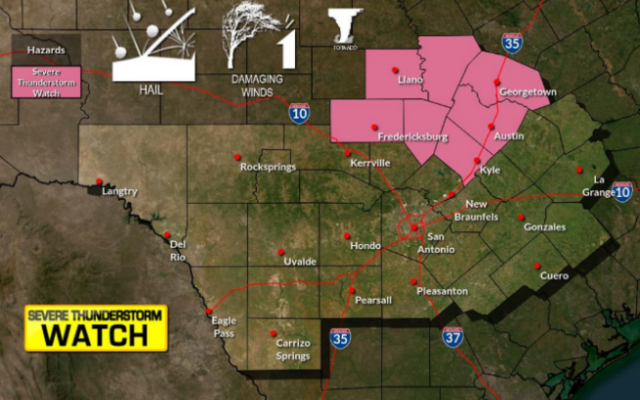The popular Perseid meteor shower is underway – here’s how to see it

The Perseids are the most popular annual meteor shower, and are active from July to September. They usually reach their maximum strength on August 12 or 13, depending on the year. This year, they will peak between August 11 to 12.
During the 2022 peak, there will also be a full moon, according to NASA. The Perseids are best viewed in the Northern Hemisphere during the pre-dawn hours, but it is possible to see them as early as 10 p.m.
The Perseids are particles released from comet 109P/Swift-Tuttle, according to the society. They are located near the Perseus constellation at their maximum activity, which is how they got their name. Normally, 50 to 75 shower members — fragments left behind by the comet that brighten the sky as they hit Earth’s atmosphere — are viewed per hour.
Earth passes through the path of the Swift-Tuttle comet from July 17 to August 24. The peak happens when Earth passes through the densest, dustiest area. That’s when people on Earth can see the most meteors in the shortest amount of time. The rate at this time could be between 150-200 meteors an hour, according to Space.com.
The Swift-Tuttle comet takes 133 years to orbit the sun once and it last visited the inner solar system in 1992, according to NASA. It is 16 miles across at its nucleus – almost twice the size of the object hypothesized to have crashed to Earth and killed the dinosaurs.
Fireballs, or larger explosions of light and color, may be seen during the Perseid meteor shower. They last longer than the average meteor streak because they originate from larger particles of the comet. Fireballs are also brighter, NASA says.
In May, the Tau Herculids meteor shower, which originates from the 73P/Schwassman-Wachmann comet, and the Eta Aquarids, which originates from Halley’s comet, occurred. The next meteor shower will be the Orionids, which originates from Halley’s comet, between September and November. The Orionids will peak October 20 to 21, according to Space.com.
You Might Also Like



